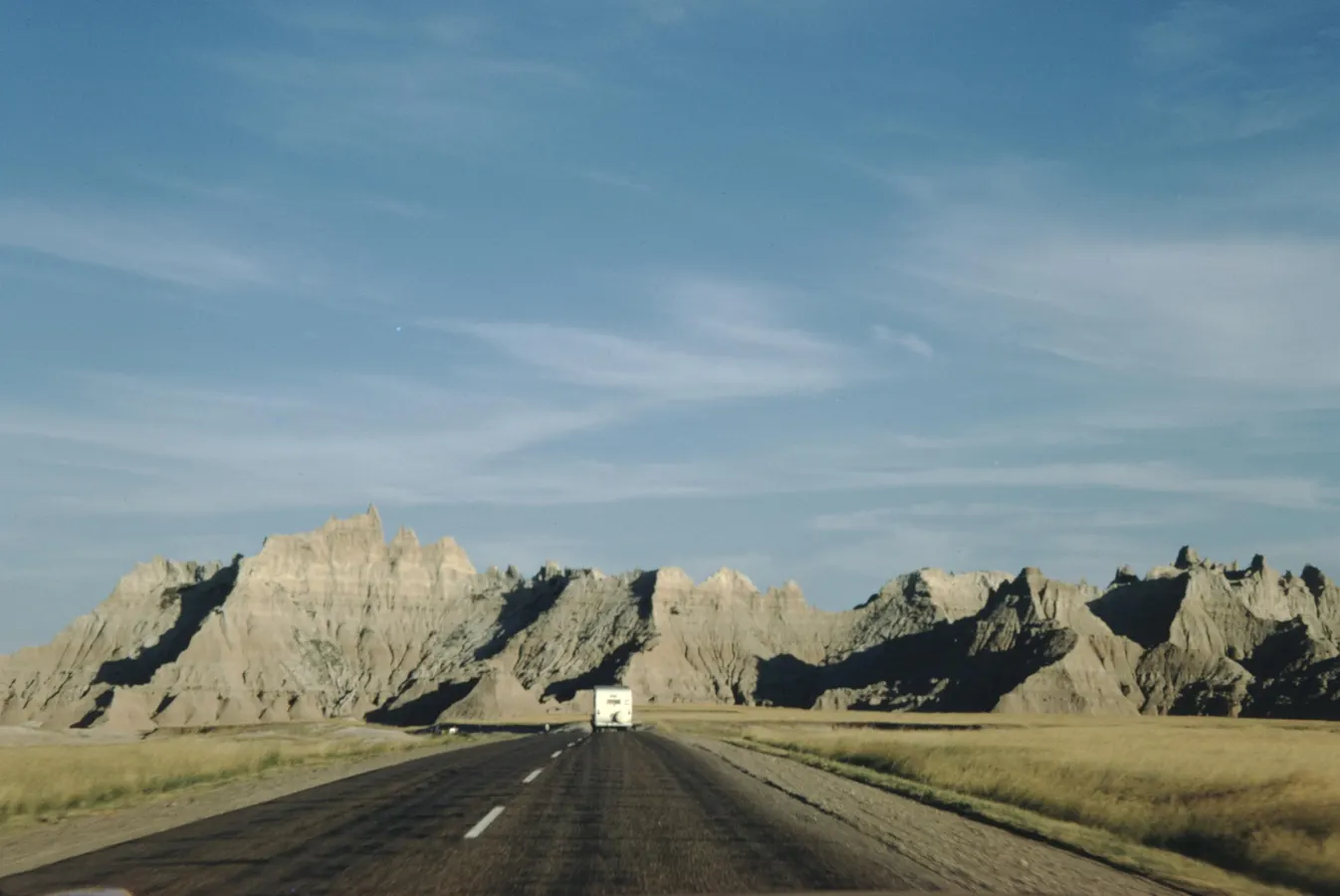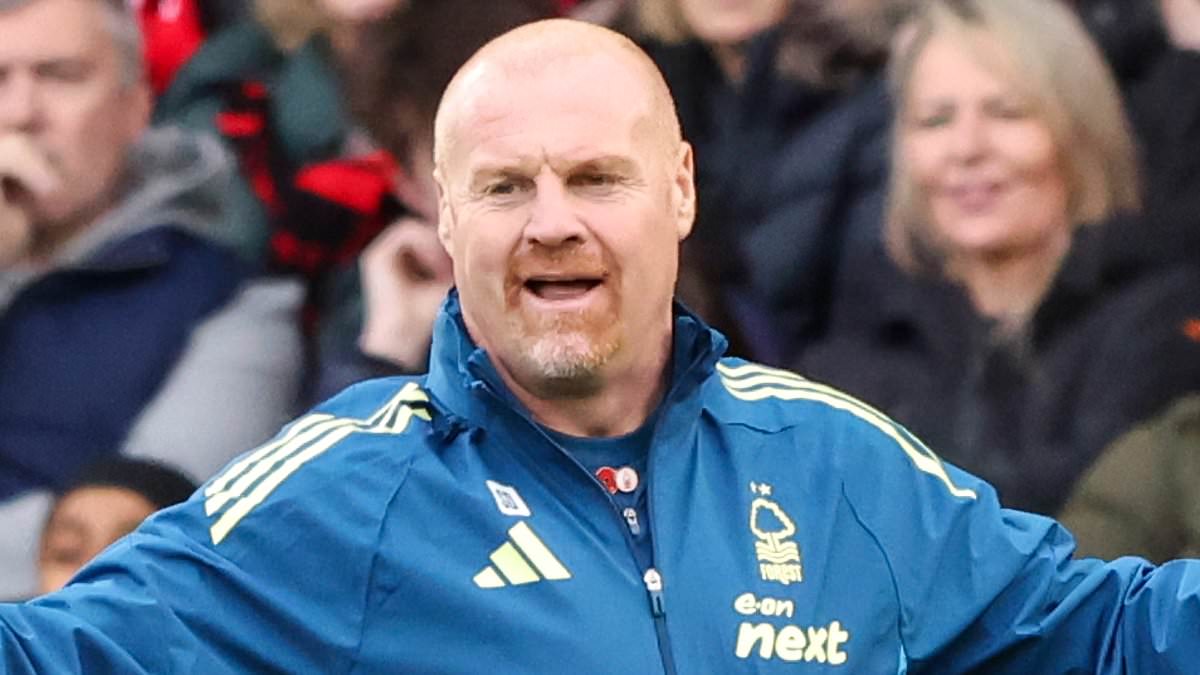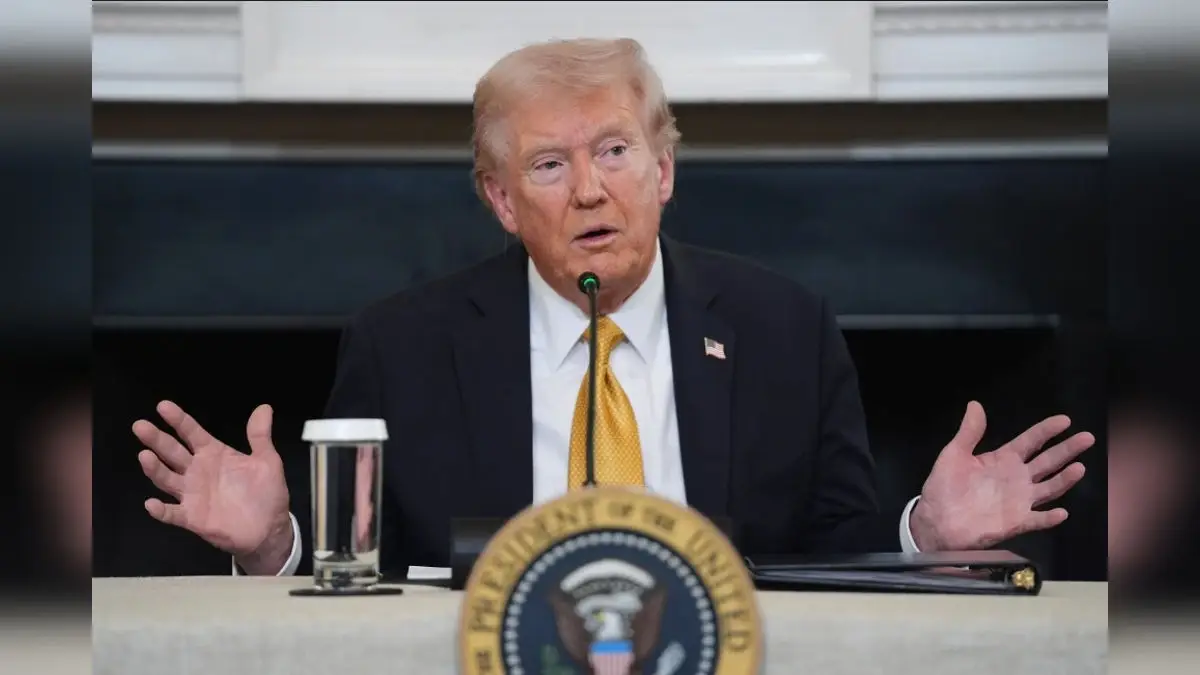Copyright forbes

Recreational vehicle driving into the distance on an asphalt road in Badlands National Park, South Dakota, 1975. (Photo by Smith Collection/Gado/Getty Images). Getty Images When Adam Corlin left behind his house, packed what he could into a Sprinter van and started driving the road, he wasn’t chasing a fantasy. He was looking for proof. Proof that the country’s travel infrastructure had fallen behind the people actually using it. “After traveling about 100,000 miles across the U.S., I saw the same thing again and again,” Corlin says. “People living and working from the road didn’t have a simple way to get the services they needed and keep going. You either paid for an overnight stay you didn’t want or ended up stealth camping in a parking lot somewhere. It wasn’t safe or efficient.” That frustration became the starting point for Overland Oasis, a new hospitality concept designed for RVers, overlanders, campers and adventure motorcyclists. Each location will be a modern resupply station — a clean, secure place to stop for a few hours, refill water, take a shower, do laundry, charge an EV, wash a vehicle, get online, even give the dog a bath — and then keep moving. “Truck stops are for truckers. Campgrounds are for people who want to stay the night,” he says. “We’re building something for everyone in between.” The Missing Middle Road of Mobility Overland Oasis sits between the two worlds of traditional travel: the utilitarian truck stop and the family-oriented RV park. The mission is simple — resupply, refresh, reconnect — but behind it sits a serious attempt to rebuild what road travel looks like in America. “I spent over 30 years in real estate construction and development,” Corlin says. “I know what it takes to build something functional and scalable. But the real education came from living this way — from waking up on public land and realizing there’s no clean water nearby, no place to dump your tanks or take a proper shower. Every feature we’ve designed came from that life.” He started writing the first business plan while parked along Oregon’s Deschutes River. “I tried to prove to myself it wouldn’t work,” he says. “I threw every challenge at it — cost, access, logistics — and every time I found an answer. That’s when I knew it wasn’t just an idea. It was a necessity.” The Life That Built The Blueprint On The Road Corlin has lived full-time on the road since 2021. Everything he owns fits in storage. His van is his home, his office and his lab. The western states are both his market and his testing ground. “My experiences traveling and camping across the West were invaluable,” he says. “I didn’t want to build Overland Oasis from behind a desk. I wanted to build it from the driver’s seat.” That approach gives the concept a lived-in realism. The amenities aren’t theoretical; they’re what travelers actually need. Potable water. Reliable WiFi. A quiet place to park. A sense of safety. “You don’t realize how stressful it is until you’re the one searching for a clean shower in the middle of nowhere,” he says. The New Nomads On The Road The pandemic didn’t just shift where Americans work — it changed how they think about life itself. “COVID made people realize they could live differently,” Corlin says. “They could have a career and still be in nature at the end of the day. It’s not about escaping. It’s about balance.” That shift shows in the numbers. There are more than 11 million RV households in the U.S., and about 40 million people will go RVing this year. Add campers and adventure motorcyclists and the number tops 80 million. More telling is who they are: the median age of RVers has dropped from 65 to 48 in just a few years. “Younger travelers are figuring out they don’t have to wait until retirement to explore,” Corlin says. “Technology made it possible — solar, lithium batteries, Starlink. You can power your life and stay connected anywhere. Suspension systems can take you places you never could go before. People finally have the tools to live freely again.” Designing For Connection On The Road Concept of what is to come Overland Oasis Beyond convenience, Overland Oasis aims to create community. “We’re bringing together a cross-section of travelers who already share the same curiosity and respect for nature,” Corlin says. “It’s the Class A motorhome owner next to the digital nomad next to the dirt biker — all using the same services. They might not cross paths otherwise, but here they will.” That human connection is central to the idea. “We’re living in a time when people want to be together again — not online, but in real life,” he says. “A clean shower and a WiFi signal might not sound like community building, but it is. It creates the conditions for people to meet, talk, trade stories and keep going.” Technology And Simplicity On The Road Technology underpins every part of the Overland Oasis model, but it’s used quietly. Through an app, travelers can book a parking space, pay for a vehicle wash or unlock showers without waiting in line. Members get discounted pricing and priority access. “The goal is a seamless experience,” Corlin says. “You should be able to roll in, do what you need and roll out. No wasted time, no confusion.” Dynamic pricing will allow the company to adjust to demand and local costs, while EV charging stations make each site future-ready. “We’re building for where travel is going,” he says, “not where it’s been.” Built For The Long Term Sustainability runs through every aspect of the project. “At the heart of our business is sustainability,” Corlin says. “We’re using solar power, water recycling and environmentally responsible construction methods. The goal is to protect the same landscapes people are out here to experience.” The facilities will be designed to leave as light a footprint as possible while still offering modern comfort. “Travel shouldn’t come at nature’s expense,” he says. Scaling The Roa Network A rear view showing a man and a woman looking out over the erosional landscape of Zabriskie Point, in the Amargosa Range of Death Valley, California, circa 1945. The undulating landscape is formed by sediments from the long dried-up Furnace Creek Lake. (Photo by FPG/Archive Photos/Getty Images) Getty Images The first phase of development focuses on 15 to 25 sites across the western U.S., near National Parks, Bureau of Land Management lands and dispersed camping areas. Locations are chosen strategically, often near fuel stations or major retailers. Longer term, the goal is a national network — sites spaced roughly 500 miles apart so travelers can plan entire journeys around trusted resupply points. “Wherever you are, you’ll know there’s a clean, safe place to stop,” Corlin says. Revenue will come from memberships, parking, EV charging, advertising, supplies and a la carte services. “It’s a simple but diversified model,” he says. “Our membership program keeps customers loyal and our dynamic pricing keeps us flexible.” The team behind Overland Oasis includes veterans of construction, hospitality and travel — people who understand both the physical and emotional sides of building for movement. “We’ve built a team that knows how to scale without losing the heart of it,” Corlin says. “That’s what matters.” Disrupting An Outdated Road System Overland Oasis doesn’t compete with truck stops or campgrounds — it redefines the space between them. “Truck stops are for truckers. Campgrounds are for leisure,” Corlin says. “We’re for everyone else — the full-time travelers, the part-time wanderers, the people who live half their lives on the move.” It’s a bold attempt to modernize a segment of travel that hasn’t changed in decades. “This isn’t a trend,” he says. “It’s infrastructure. We’re building the framework for a lifestyle that already exists.” A Culture of the Open Road Corlin’s vision stretches beyond business. “In ten years, I see Overland Oasis stations across North America, from Alaska to Baja,” he says. “But more importantly, I see a shift — people living and traveling responsibly, connected to nature and to each other.” The project, for him, is still deeply personal. “I’ve lived this life,” he says. “I’ve met the people, seen the gaps, designed the fix. This isn’t theory. It’s practice.” He pauses, the sound of the road still in his voice. “People just want the freedom to explore. We’re here to make that possible.” Founder Adam Corlin Overland Oasis Editorial StandardsReprints & Permissions



